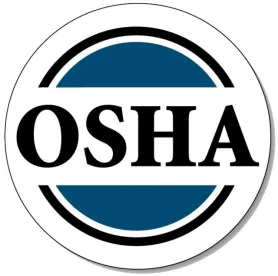On January 13, 2017, the Occupational Safety and Health Administration (“OSHA”) issued non-binding recommendations to aid employers with creating new or improving existing workplace anti-retaliation programs. OSHA’s recommendations apply to all public and private employers that are subject to the 22 whistleblower protection statutes that OSHA enforces.[1]
Under the various federal whistleblowing protection statutes, employers are prohibited from retaliating against employees who report or raise concerns about workplace health and safety issues. OSHA encourages employers to create and maintain an effective workplace anti-retaliation program so they will not only comply with federal whistleblowing protection laws, but also create a workplace culture that prevents retaliation, improves employee morale and protects employers and members of the public from harm.
According to OSHA, an effective anti-retaliation program must: (1) prevent retaliation and address retaliation complaints; and (2) receive and respond appropriately to employee compliance concerns. OSHA cautions employers that an anti-retaliation program must not discourage or prevent employees from exercising their rights to report violations or file complaints about hazardous workplace conditions or potential violations of the law with OSHA or any other government agency.
OSHA recommends that an effective anti-retaliation program should include the following five key components:
-
Management leadership, commitment, and accountability
-
System for listening to and resolving employees’ safety and compliance concerns
-
System for receiving and responding to reports of retaliation
-
Anti-retaliation training for employees and managers
-
Program oversight
OSHA discusses each of these five key components in detail and offers helpful tips on how to incorporate them into an anti-retaliation program. Employers would be wise to compare their anti-retaliation program with OSHA’s recommendations to determine if any adjustments should be made to their program.
[1] The 22 whistleblowing protection statutes that OSHA enforces are listed at the end of the guidance.



 />i
/>i
